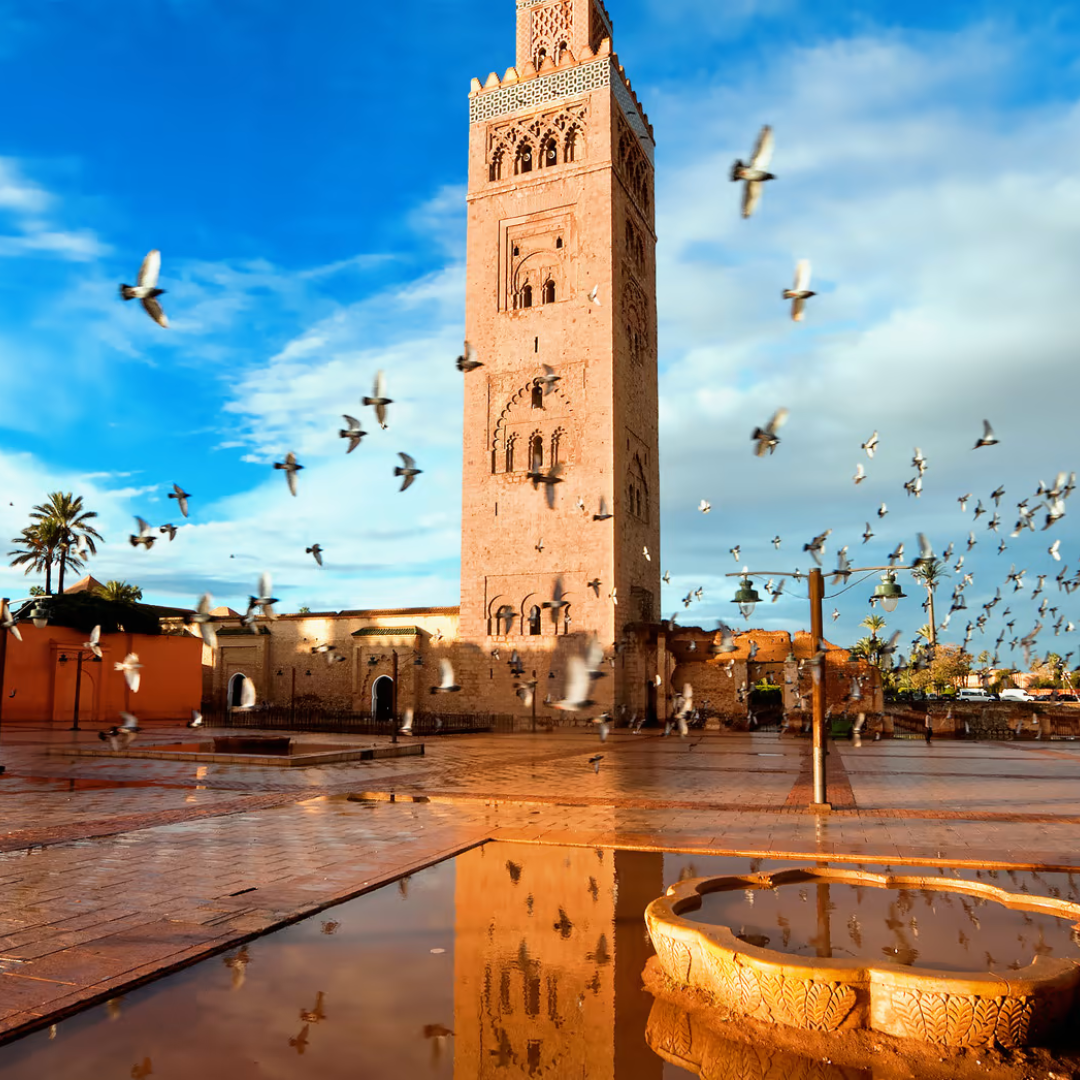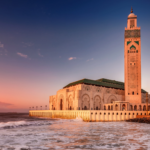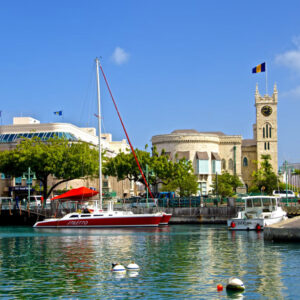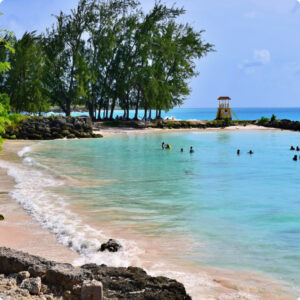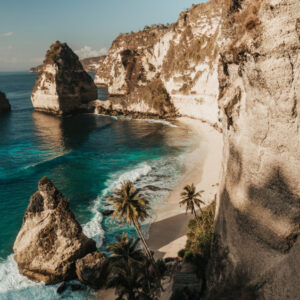Marrakech, often called the “Red City” for its distinctive sandstone buildings, is one of Morocco’s four imperial cities. Located near the Atlas Mountains, it is a cultural, economic, and tourism hub known for its vibrant atmosphere and historic landmarks. The city is divided into three main parts:
-
Medina (Old City) – A UNESCO World Heritage Site, known for Jemaa el-Fna square, bustling souks, and iconic landmarks like the Koutoubia Mosque.
-
Gueliz (Ville Nouvelle) – The modern district established during French colonization, featuring contemporary cafes, shops, and wide boulevards.
-
Palmeraie – A tranquil area with luxury resorts and palm groves on the city’s outskirts.
History of Marrakech:
-
-
Founding (11th Century):
Marrakech was founded in 1070 by the Almoravid dynasty. It became a political and cultural capital, establishing its iconic red walls and gardens. -
Golden Age (12th–16th Century):
Under the Almohad and Saadian dynasties, Marrakech flourished. Architectural masterpieces like the Koutoubia Mosque and Saadian Tombs were constructed, solidifying its cultural importance. -
Decline and Revival (17th–19th Century):
Periods of decline occurred as the capital shifted, but Marrakech remained an important trading center. -
Modern Era (20th–21st Century):
During the French protectorate, Marrakech saw urban modernization. Today, it thrives as a tourist destination blending history and modernity.Cultural Significance:
Marrakech is celebrated for its vibrant markets, traditional crafts, and festivals. Jemaa el-Fna square is a living theater of Moroccan culture, while the city’s hammams, riads, and cuisine reflect its rich heritage. Marrakech remains a symbol of Moroccan hospitality and artistic expression.
-

